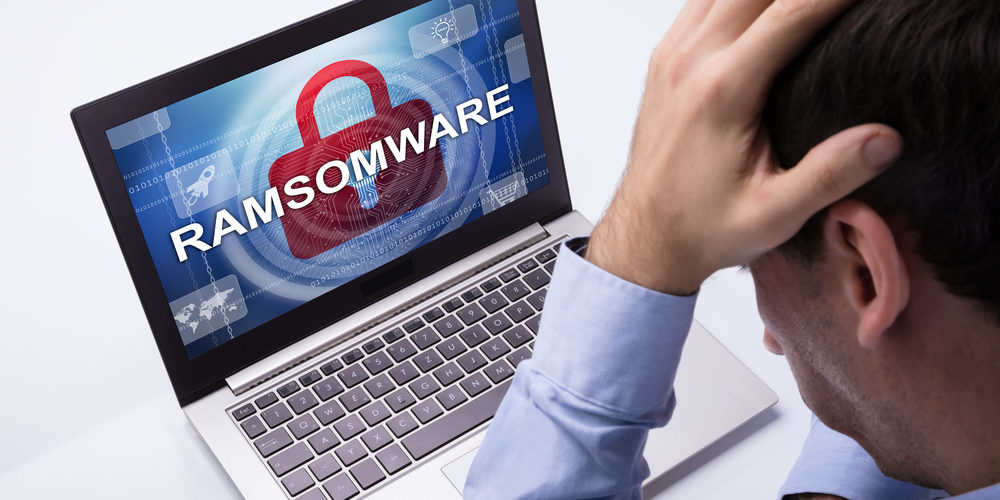The frequency of attacks nearly doubled during the first half of 2021 compared to the corresponding period last year, according to a recent report from Tel Aviv-based cybersecurity firm Check Point Software Technologies.
According to the research, 22% of ransomware data leaks analysed between April and June were attributed to Conti ransomware, which often uses email phishing to remote into a network via an employees device. This was closely followed by Avaddon ransomware, which was linked to 17% of ransomware data leaks.
Cybercriminals typically target businesses and governments in hopes they’ll pay big bounties to release files and restore critical systems. But ransomware attacks happen to regular computer users, too.
To unlock your files, attackers demand that you pay them, usually in cryptocurrency such as Bitcoin, which is difficult to trace. Their demands could amount to several hundred dollars for individuals — and several million dollars for companies — with recent high-profile attacks on Colonial Pipeline Co.
5 tips to prevent a ransomware attack
Cybersecurity measures and common tasks can help minimize the risks of a ransomware attack:
- Install cybersecurity software on all your devices and don’t let it expire.
- Delete suspicious emails and text messages that claim to be from an organization — such as your bank, credit card company, favorite shopping site, an internet service provider, the IRS or Microsoft — instead of clicking on a link that could take you to an authentic-looking but phony site asking you to input personal or financial information.
- Never click on email attachments that you’re not expecting.
- Keep apps and operating systems fully updated, allowing them to automatically update when possible. Companies regularly patch their software after vulnerabilities have been discovered and fixed.
- Back up your information. Consider using an online cloud service like Dropbox, Google Drive, iCloud or OneDrive. Backups protect your files from all sorts of problems in addition to ransomware attacks, including computer virus infections, fires, floods, power surges or theft.
On the other hand, companies often cannot detect a targeted cyberattack on their own. They may remain under the illusion of security for years on end, considering the likelihood of cyber risk actuation to be minimal. The situation is exacerbated when such companies have blind faith in the reliability of security automation tools, and do not put infrastructure robustness to the test. Unfortunately, security assessments prove that attackers can easily gain access to such systems.
Don’t think you’re in danger because you’re “too small” and not a big company. Don’t let some lowlife thief operating outside the law in another country get away with taking that from you. And certainly don’t “hope” your IT guy has you covered. Even if you have a trusted IT person or company who put your current network in place, it never hurts to get a third party to validate nothing was overlooked. We have no one to protect and no reason to conceal or gloss over anything we find. If you want the straight truth, we’ll report it to you. Fill out the form and learn more about what we can do for you






